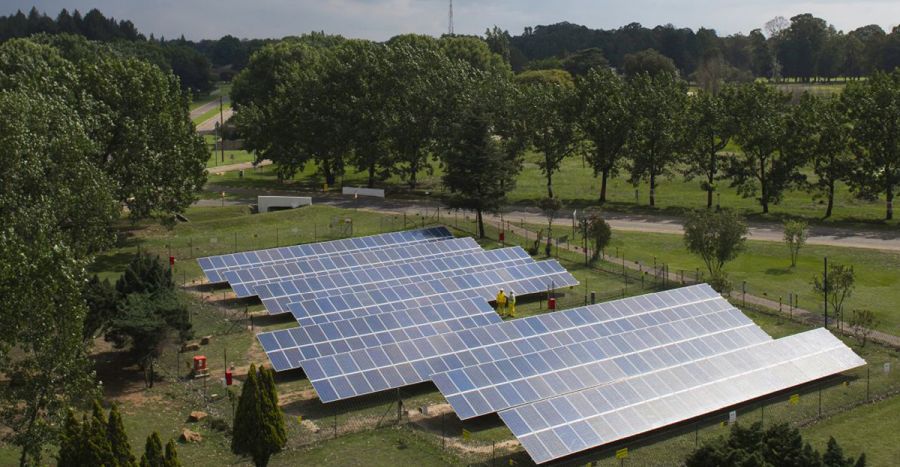Highly appreciate the effort put in also elaborating factors such as size cost efficient easy to install time to charge manufacturing warranty along with the different types of solar batteries was extraordinary.
Comtingency factor solar panel.
50 watt 100 watt and 160 watt.
Small solar panels traditionally come in three common sizes.
Solar panel see photovoltaic pv panel.
Solar noon the time of the day at a specific location when the sun reaches its highest apparent point in the sky.
If you have any other questions about solar panel production or would like to speak with one of our trusted solar educators please call 888 454 9979.
Depending on where you live the best angle at which you should install solar panels will change.
Concentrated flow long reaches as a function of the work environment and grading activities relatively long distances or reaches of solar developments may be smoothed out to permit the piles panels to be installed and to promote effective transportation networks.
There are several other factors that affect solar panel efficiency and the ability to convert sunlight into energy for use in our homes and businesses.
Solar irradiance see irradiance.
A solar panel battery pack is a package that makes up the solar power storage in a solar system.
So if a solar panel has an efficiency rating of 15 that means 15 of the sunlight that hits the solar panels will be converted into electricity.
Solar resource the amount of solar insolation a site receives usually measured in kwh m2 day which is equivalent to the number of peak.
Knowing what factors affect solar panel production is important to ensure that you get the most savings possible out of your system.
Solar panels and temperature believe it or not warmer temperatures actually have an adverse effect on the production of solar panels.
Solar panel angle by zip code.
Solar panel efficiency is a measure of how much sunlight that hits the surface area of a solar panel is converted into usable electricity.
A post i wrote a little over two years ago concluded that solar pv capacity factors in the us ranged between 13 and 19 with an average of around 16.
Those solar panels used for residential purposes range from 150 watts to 370 watts per panel depending on the panel size efficiency and cell technology.
Recently however the us energy information agency published a table showing an average capacity factor of around 28 for utility sized pv plants in the us in 2015.
Most solar arrays are installed at a tilt.
The challenge with this is that the combination of long reaches and the smooth surfaces may result in an increased runoff velocity.
The angle of your solar array is an important factor in maximizing your energy production.
This is because it s based on the average position of the sun over your property.





















